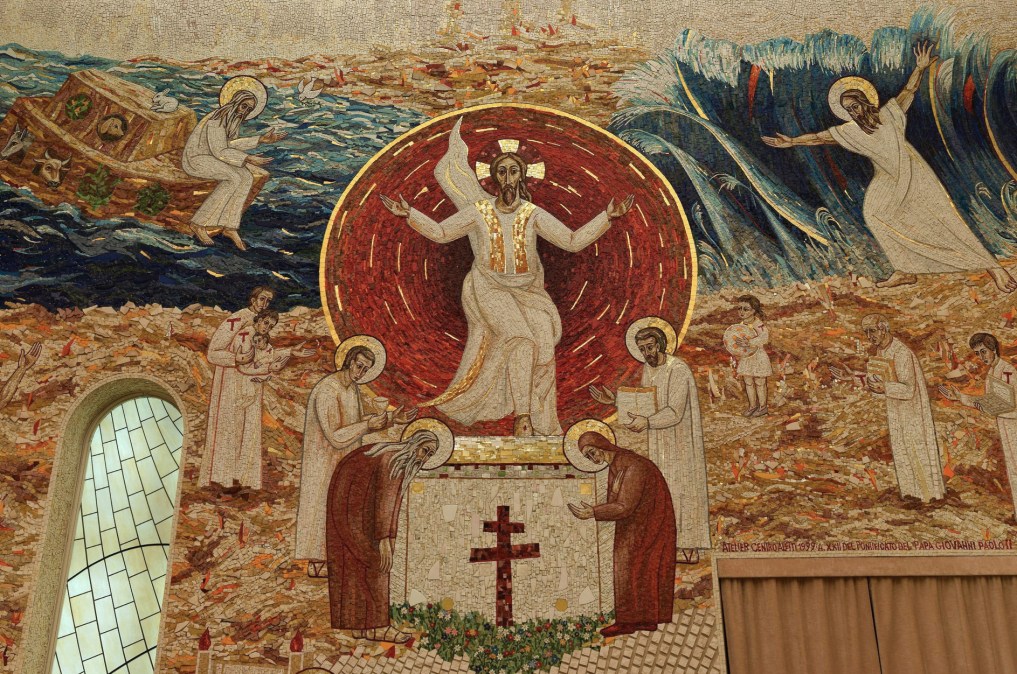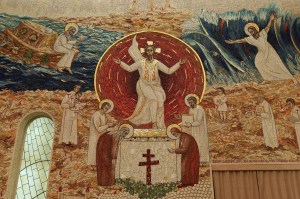Villanova U. students are building a virtual tour of the Vatican

Students and faculty from a private Catholic university in Pennsylvania have been recreating some of the most historic Vatican and Roman sites using virtual reality technology, and have now begun planning their latest project — a virtual tour of the Apostolic Palace of Castel Gandolfo.
By using VR, teams from Villanova University’s Department of Computing Science have enabled anyone to explore off-limits areas of the Vatican, while training in an emerging field of technology.
“A lot of these places are either private or they are sensitive and can’t bear a lot of traffic,” Frank Klassner, computer science professor at Villanova and project lead, told EdScoop. “Villanova and the Vatican are keen to help the wider world discover these places even if it’s just virtually.”
The Apostolic Palace, the papal summer residence in the small town of Castel Gandolfo in central Italy, is the eighth virtual tour Villanova has produced with the Vatican. Klassner said he expects the team will photograph the site sometime in the first half of 2019. Pope Francis does not use Castel Gandolfo as his summer home, providing the school ample time to take photos and gather information without disrupting papal activities, he said.
The school’s last project, completed in November, showcased the Redemptoris Mater Chapel, the Pope’s private worship space, embellished with elaborate floor-to-ceiling mosaics. The gallery of tours currently includes St. Peter’s Basilica, St. John Lateran, St. Paul-Outside-The-Walls, The Sistine Chapel, and the Vatican Necropolis.
Villanova and the Vatican started their partnership to create VR tours in 2003.
“The Vatican understood that it had technology needs and interests,” Klassner said of the partnership.”We will never be able to perfectly duplicate a real-world experience, but we do want to give you as much of the real world as we can.”
No room for error
In addition to the Apostolic Palace, the team has been granted rare clearance from the Papal Household to photograph several restricted sites for the purpose of creating virtual models.
For more than a decade, Klassner has led the projects and worked with a team of students both on-site and in the computer lab. Klassner said that for each tour, his team travels to the Vatican and takes hundreds of photographs to capture the detail of the spaces. Just one location can require 120 to 150 photographs stitched together to create the tour, though many more photographs are taken in the data gathering process, Klassner said. While visiting the Redemptoris Mater Chapel, Klassner and his students carefully took more than 800 photos.
Klassner said he and his students use a motorized camera rig with a standard digital camera to capture a 360-degree views of the spaces. The process, he said, takes anywhere from a few hours to a few days. In the process of taking photographs, Klassner said his team has to worry about proper exposures, color correction and image alignment. “If you make a mistake, if there is any vibration, you have to redo the whole shoot,” he said.
After all the visual data has been collected, the team must then intricately lace images together and painstakingly program the visitor interactivity. The result is a highly-detailed, interactive experience in rarely-before-seen spaces of the Vatican.
Villanova students who participate in these projects are getting great experience in international computing, Klassner said. They are challenged by the diverse audience of their products — people from different countries speaking different languages — and are able to build skills they wouldn’t otherwise get from a traditional internship based in the United States, all while preserving a piece of history.


